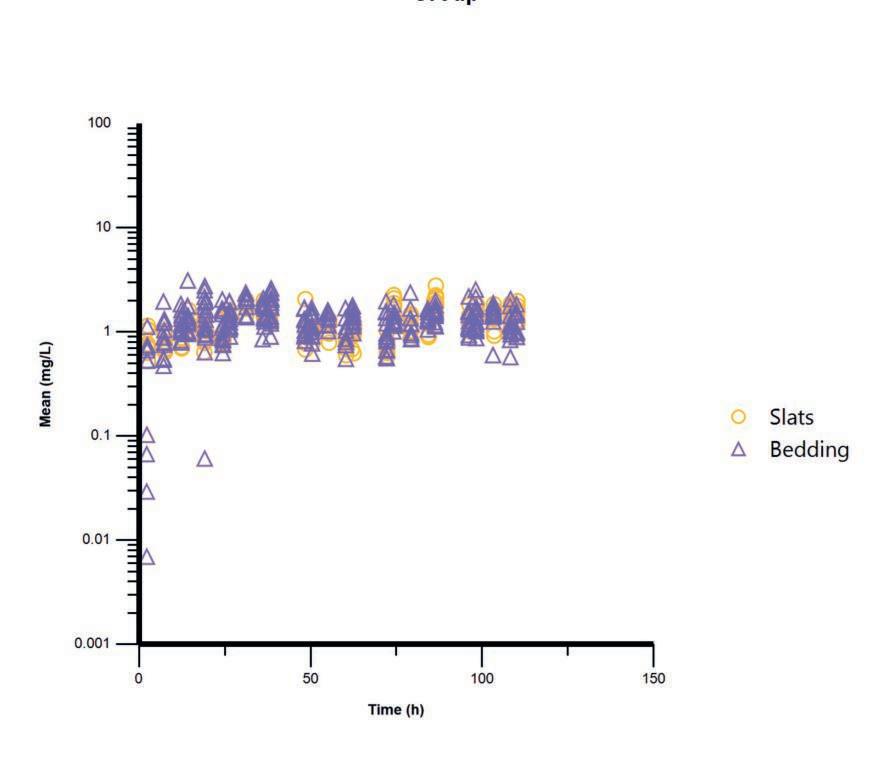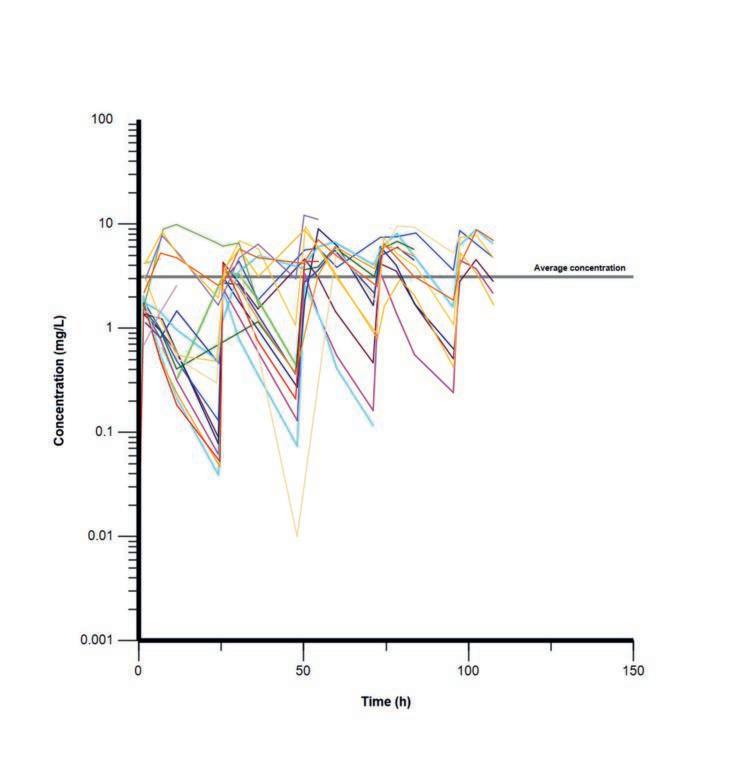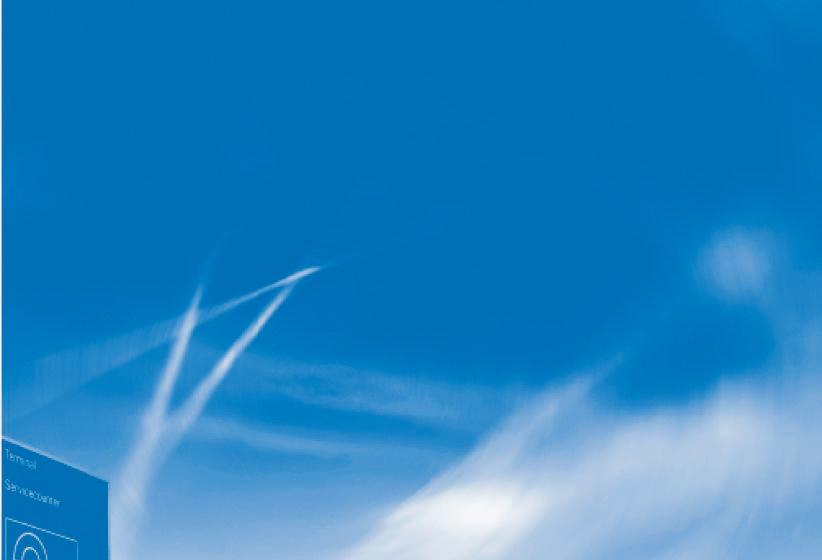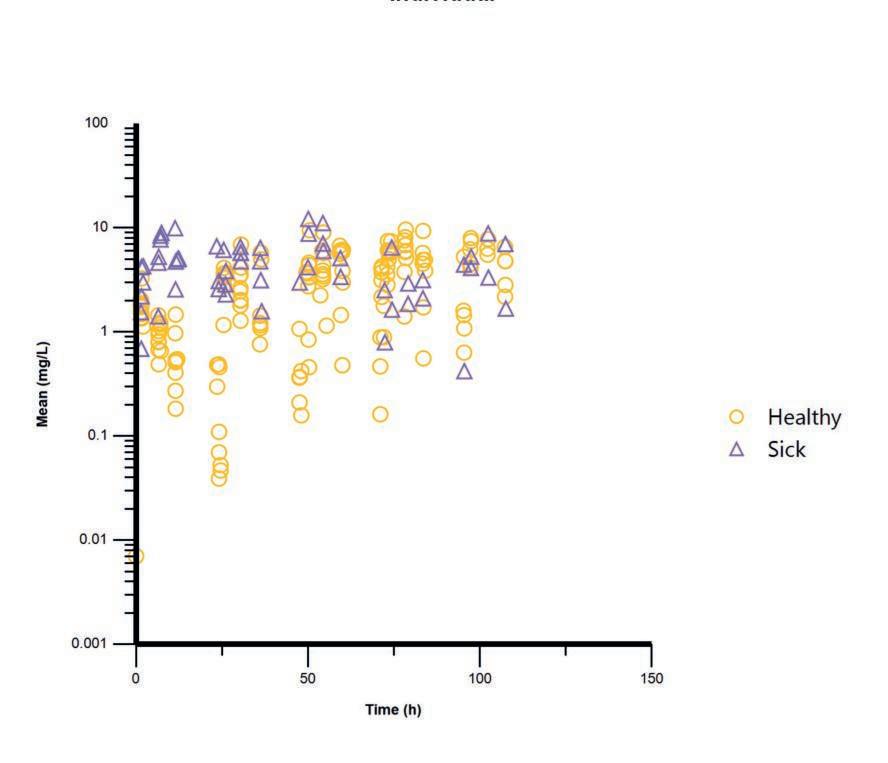Determination of pharmacokinetics of doxycycline in broilers kept under field conditions

J. Wiegel1, S. Horst2, B. Meijer3 and R. Gehring2
1Department of Poultry Health, Royal GD, Deventer, The Netherlands
2Department of Population Health Sciences, Faculty of Veterinary Medicine, Utrecht University, Utrecht, The Netherlands

3Dopharma Research, Raamsdonkveer, The Netherlands
Summary
Plasma concentrations of doxycycline were measured at multiple time points per day following administration of doxycycline hyclate (Doxylin® 50% WSP, Dopharma) in 28 day-old broilers. Average concentrations of doxycycline in plasma were 3.1 mg/L for individually treated birds and 1.22 mg/L for birds with group treatment (by drinking water). No notable difference was seen between birds kept on slats versus bedding and a small difference was seen between healthy and diseased birds.





Introduction
• Doxycycline is commonly used to treat infections in broiler flocks in the Netherlands.
• First choice treatment for multiple conditions according to Dutch formulary.
• Anecdotal reports of inefficacy, reoccurrence of infection after cessation of treatment and residues at slaughter.
• Little is known of the effects of common husbandry practices on the bioavailability and kinetics of doxycycline when used under field conditions.
Material & Methods
• Broilers of commercial breed of 28 days of age, kept individually and in group pens.
• Broilers are kept on slats and on bedding.
• Challenge with E. coli strain 507, dose of 107 CFU/bird.

• Treatment with doxycycline hyclate, dose of 25 mg/kg BW for 5 consecutive days, once a day orally or by drinking water respectively.
• Concentration of doxycycline determined in plasma by LCMS/MS.
Results
• Higher concentrations and more variability in plasma concentrations of individually treated birds.
• No notable difference between housing on slats versus bedding.
• Small difference between healthy and diseased birds in group housing.
• Healthy: 89% of birds achieved target*.

• Diseased: 92% of birds achieved target*.
• For individually treated birds disease had no significant effect on clearance or volume of distribution (Vd). However, more variation in Vd was seen in diseased birds as well as a downward trend over time.

Conclusions
• No significant effect of housing on slats versus bedding.
• Group treatment results in lower average concentrations but more consistent concentrations over time.
• Diseased birds do not have lower plasma concentrations as healthy birds, concentrations may even be higher.
Discussion
• Further analysis of the data is ongoing.
• The data will be fit to a compartmental model using the population approach.
• Currently, the data are not corrected for plasma protein binding.
*The target of AUC /MIC of 5 is based on literature and may be conservative, further

